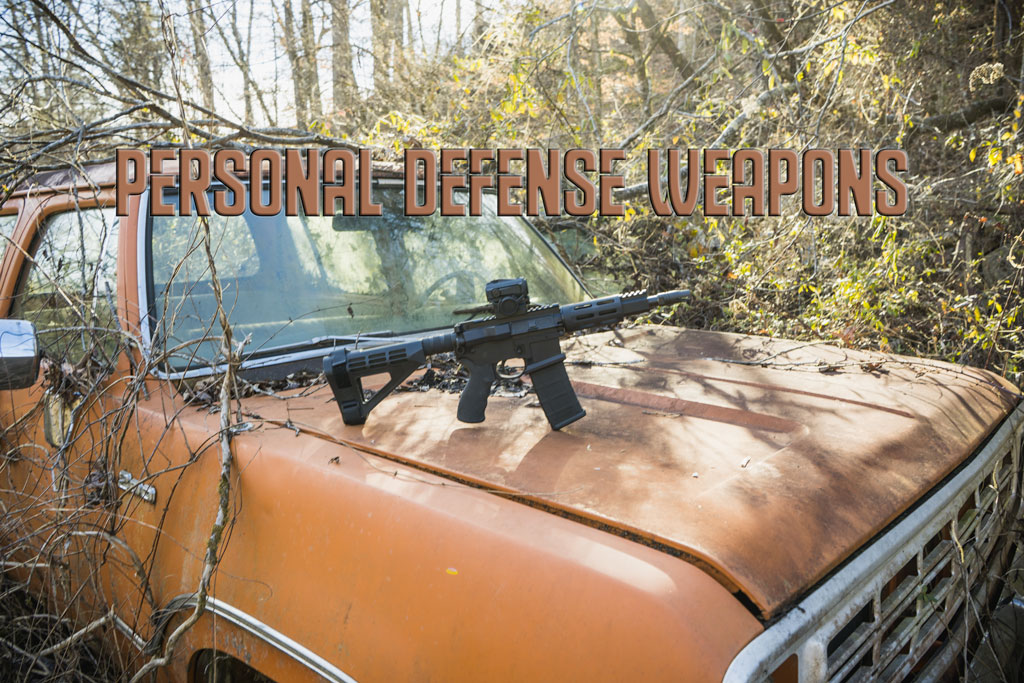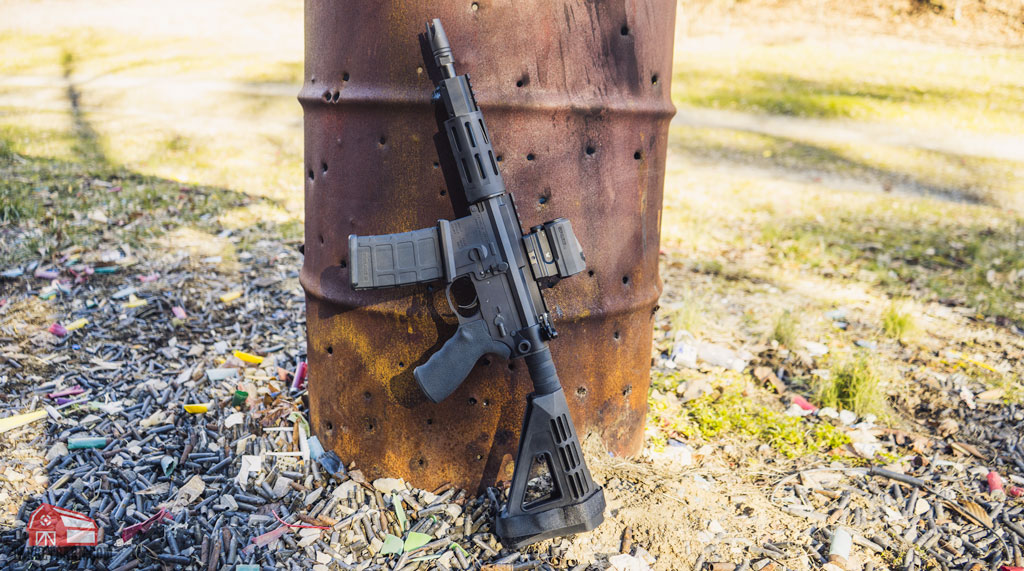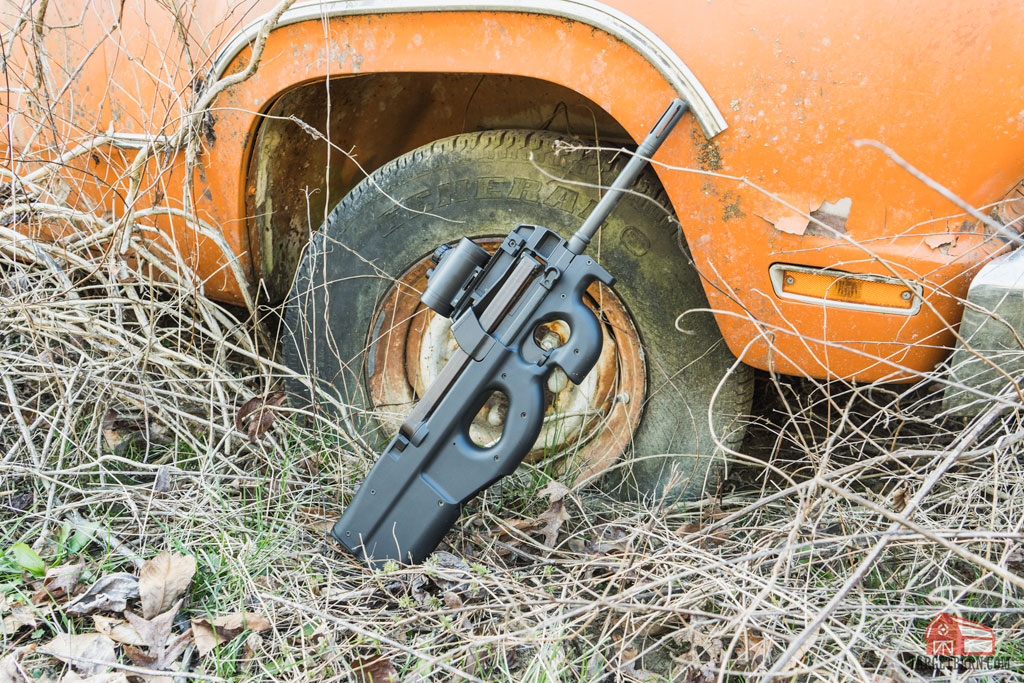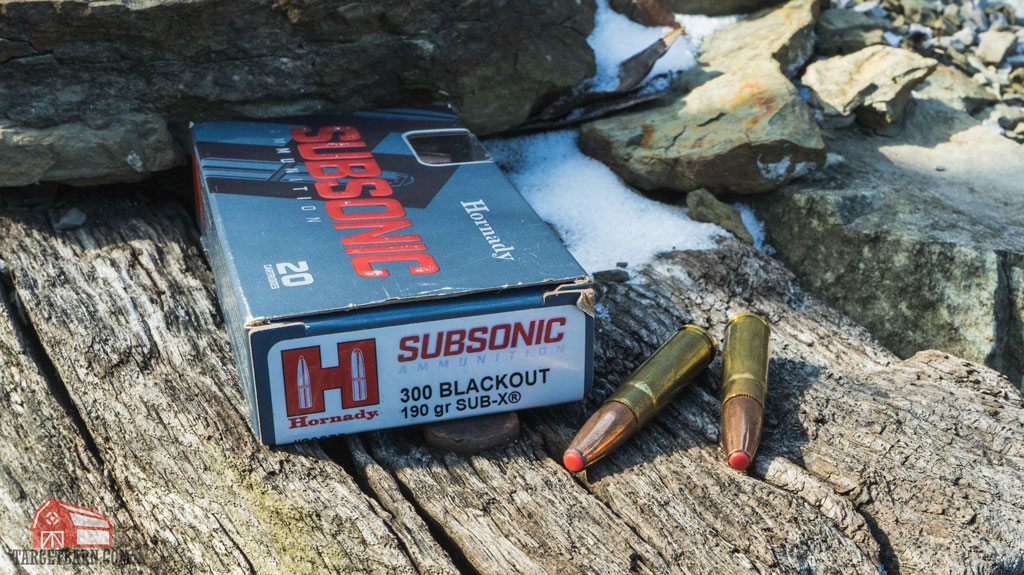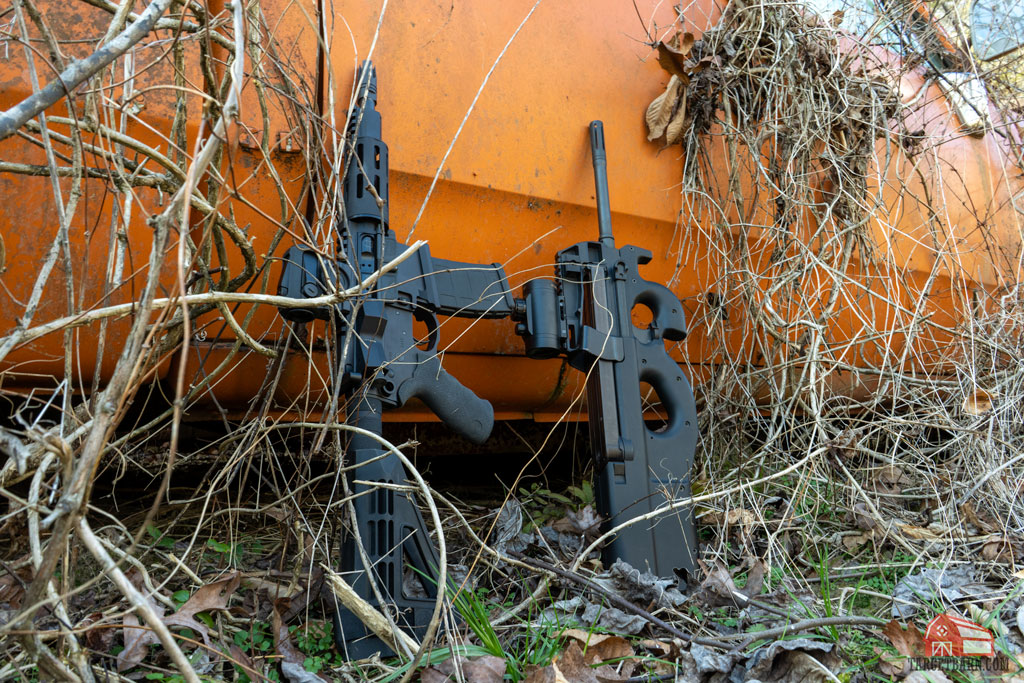One of the ideas that always seems to stick around the firearms industry is the Personal Defense Weapon, or PDW. Recently, guns like the Sig Rattler and Q Honey Badger have brought the PDW concept back to the attention of the consumer market. But it raises the question, what is a PDW? Is it a rifle? Is it a sub-machine gun?
Let’s take a look at the PDW and how it came about.
What is a PDW?
The accepted definition of a PDW is a gun designed to be issued to troops that aren’t on the front lines, but still might have need for a weapon more powerful than a handgun.
History of Personal Defense Weapons
Based on that criteria, the M1 Carbine could be the “first” PDW. Obviously, we now classify the M1 as a rifle. However, its original intent was exactly the same as a PDW’s: to be issued to second echelon troops that didn’t need the full might of the M1 Garand.
Additionally, a generous view of its performance could place the PPSh-41 in the PDW category, since the 7.62 Tokarev round will penetrate soft body armor. However, in practice it was issued to frontline troops who faced real combat with it every day.
The PDW concept didn’t get much love in the time after World War 2. Vietnam saw the XM-177 carbine and GAU-5/A/A introduced, but those were much more in line with the idea of the carbine, which we’ve discussed before. The XM-177 in fact directly lead to the M4 carbine, but that’s a different article.
However, in the late 1980s, the idea of a small, select fire weapon that fired a cartridge capable of defeating the soft body armor that was common at the time started to gain popularity. Again, this weapon was intended to serve as a primary for non-frontline troops. These troops weren’t expected to experience heavy contact, but still needed a weapon with some punch. NATO solicited major manufacturers for a weapon and a cartridge that met this standard.
FN P90: The 5.7 PDW
In 1991, the FN P90 was announced, paired with its 5.7x28mm cartridge. The P90 was the first modern PDW. Its (restricted for military and LE) armor piercing ammo would, in fact, zip right through a soft Kevlar vest.
The P90 was a sales success. The Secret Service purchased large numbers of the novel weapons system. The civilian-legal semi-auto with a 16 inch barrel was a popular, if a bit niche, sales item.
Hollywood armorers were fascinated with the weird bullpup-style of the P90 and its top-loading 50 round magazine. It starred on popular TV shows like Stargate: SG1, burning down aliens in job lots. This helped civilian sales.
H&K MP7
In 2001 another PDW entered the game, with a more traditional appearance, and another proprietary cartridge. The Heckler and Koch MP7 was much more traditional in appearance than the P90, with a magazine that inserted into the grip like other common sub-machine guns. Its 4.6x30mm cartridge would also defeat soft body armor, but the overall package of the MP7 was far more compact than the P90. During the Global War on Terror, it has been used by elite special operations units. It was also adopted by the Norwegian military as a primary weapon for second echelon soldiers.
The 5.56 and .300 Blackout PDW
Speaking of the Global War on Terror, among its many effects on the firearms industry, it halted the development of new, “single caliber” PDWs pretty much at a dead stop. Niche cartridges like the 5.7 and 4.6 existed for those guns and that was it. The performance of those cartridges in real world shootings would sometimes leave something to be desired, as well. A former member of a special operations unit once told me “the problem with the MP7 is you have to basically mag dump it into a guy to get him to stop. Which is also fun, but whatever.”
The trend in the industry and in the military started to move towards smaller, PDW sized weapons. They were chambered in traditional rifle cartridges like 5.56 or .300BLK. Real rifle rounds have better terminal ballistics, even out of very short barrels. With advances in suppression technology, they can be quite pleasant to shoot.
What is the Best PDW?
Those developments leave us where we are today; with the Sig Rattler and the Honey Badger. The modern PDW, brought to life 30 years after the FN P90 was launched, is a 5.56 or 300BLK rifle that can fit inside a backpack. While this article has mentioned the Sig Rattler and the Q Honey Badger, countless other companies produce guns that meet this “backpack portable rifle” criteria. In fact, you can even get AK variants of the modern PDW…if you’re a degenerate. Regardless, 20 years of warfare have advanced our knowledge of firearms technology, and the new PDW is here to stay.
Whether a short barreled rifle or equipped with a pistol brace, these guns are designed to provide serious firepower in a compact package.

